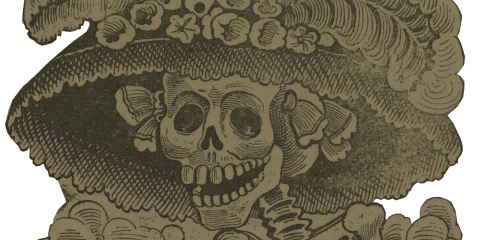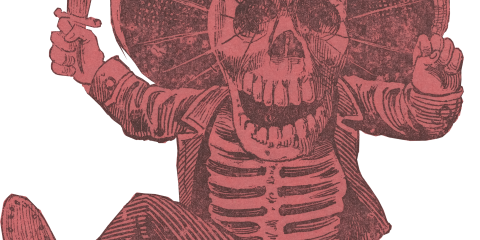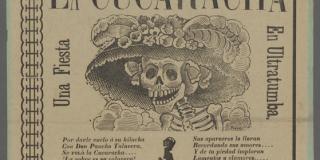The New York Public Library’s Miriam and Ira D. Wallach Division of Art, Prints and Photographs holds one of the largest collections of original Posada prints outside Mexico. This display and the accompanying online exhibition present a selection of Posada’s calaveras and announce the digitization of the entirety of the Library’s Posada collection—over 500 items—now freely available to all through The New York Public Library’s Digital Collections.
La División Miriam e Ira D. Wallach de Arte, Grabados y Fotografías de la Biblioteca Pública de Nueva York posee una de las colecciones más grandes de grabados originales de Posada fuera de México. Esta pequeña muestra, y una versión virtual ampliada de la misma, presenta una selección de las calaveras de Posada y anuncia la digitalización completa de la Colección Posada de la Biblioteca. Con ello, más de 500 piezas están disponibles gratuitamente para todos a través de las Colecciones Digitales de la Biblioteca Pública de Nueva York.






















